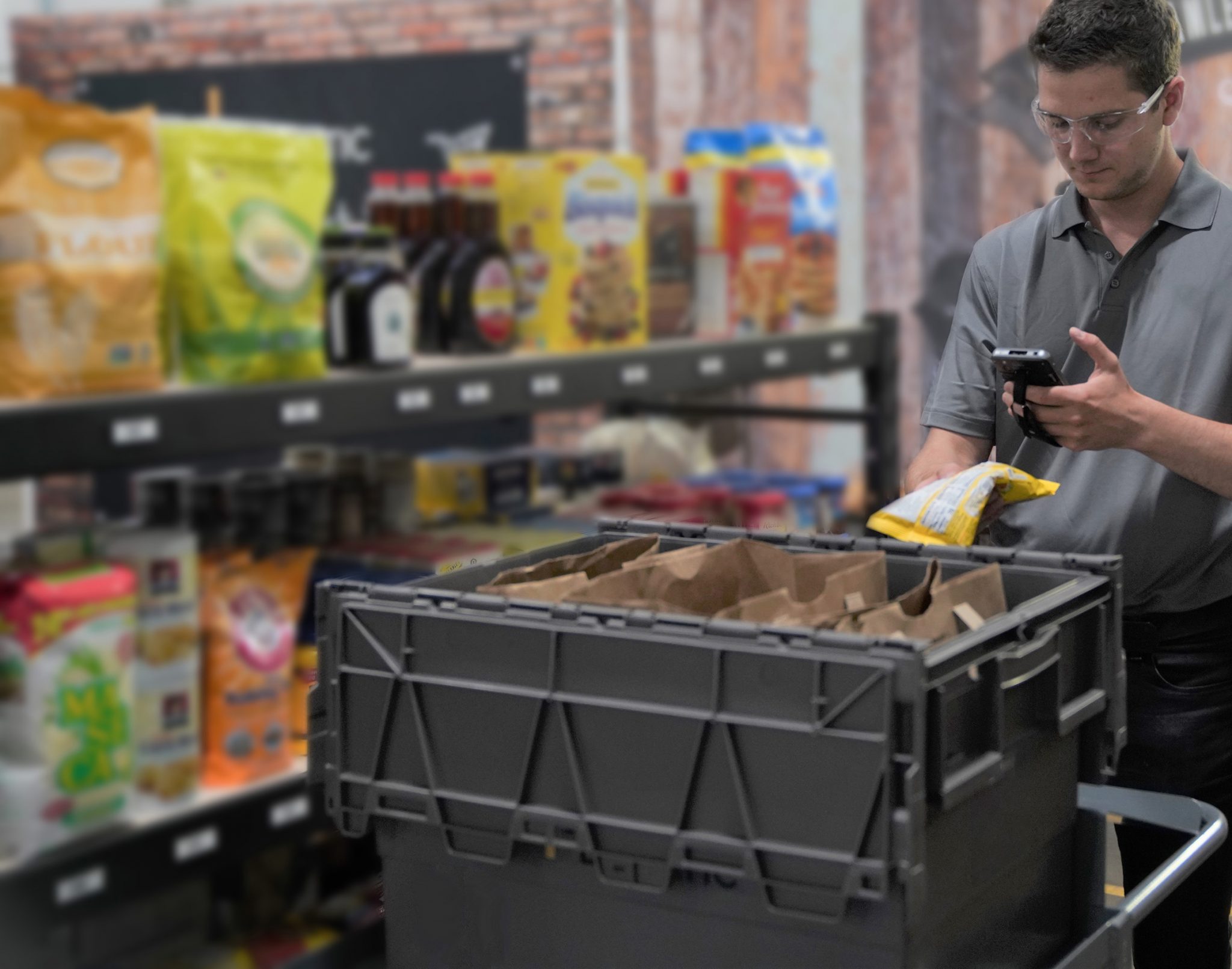Wagtail UK are delighted to announce that they have successfully achieved government certification to provide explosive detection dog service for the UK air cargo industry.
Wagtail UK have undertaken a rigorous training programme set out by the UK government to prepare dogs for air cargo screening. The dogs are referred to as Free Running Explosive Detection Dogs (FREDD) and have been approved by the European Commission as an acceptable method of screening aviation cargo for the presence of explosives.
The air cargo sector continues to be a primary target for terrorists. With billions of pounds of cargo transported nationwide each day and the growing prevalence of explosive threats, security vigilance is a constant priority throughout the industry.
With an unparalleled sense of smell, explosive detection dogs have a unique ability to sniff out odours in parts-per-trillion. The dogs work in close partnership with their human handlers and are trained to check freight for a range of explosive materials. Dogs also smell in layers, which allows them to recognise an individual explosive ingredient even when that explosive is masked by other odours. Dogs are able to move around the cargo to conduct the search without interfering with the sort process or freight environment.
Now certification has been attained Wagtail will provide a FREDD service to be used alongside existing cargo screening methods, offering a rapid and effective way of screening large volumes of air cargo, reinforcing the UK’s aviation security.
Wagtail’s first dog to successfully achieve government certification, Ben, has undergone over 12 months of rigorous training before being deployed in the cargo sheds. As he carries out his operational duties, he will go through a regular quality assurance programme.
Collin Singer, Managing Director Wagtail UK Ltd, commented: “The certification process is challenging and rightly so! There are a number of tests which increase in difficulty until both the handler and dog meet the high standards required.” “The achievement of this certification strengthens Wagtail’s reputation as one of Europe’s leading detection dog companies.”
Wagtail UK has a rather impressive track history and has provided detection dogs and related services for government agencies such as HM Revenue & Customs, Police, Trading Standards and Armed Forces. In addition, Wagtail is contracted by Border Force to provide ‘Body Detection Dogs’ in Northern France 24/7, 365 days a year).
Wagtail have a number of other dogs in training ready now to be assessed. Collin stated: “Covid-19 has delayed having seven more of our dogs assessed, however the safety of our staff and dogs is paramount. We will complete the assurance process with seven more dogs when it is safe to do so.”
Both the certification and quality assurance process that the dogs go through is set by the Department for Transport (DfT) and is undertaken by the Defence Science & Technology Laboratory (Dstl). Dft will share oversight with the Civil Aviation Authority (CAA), the CAA will have a further responsibility ensuring those who operate the dogs do so in line with the standards set out by Dft.






